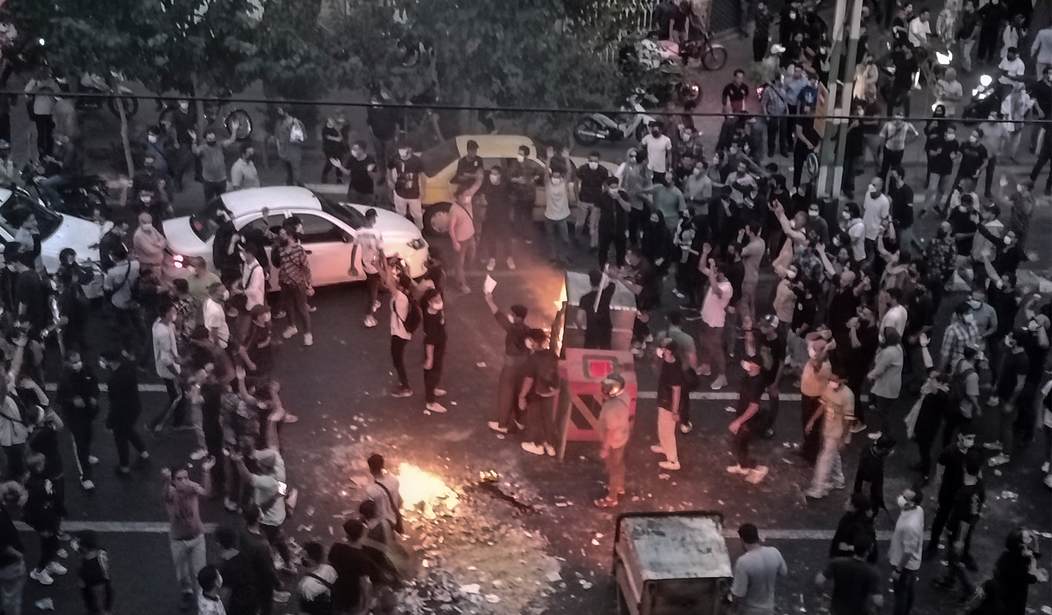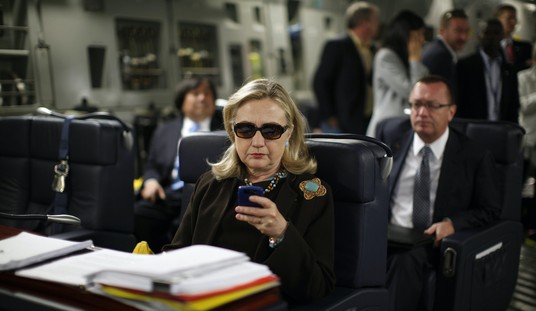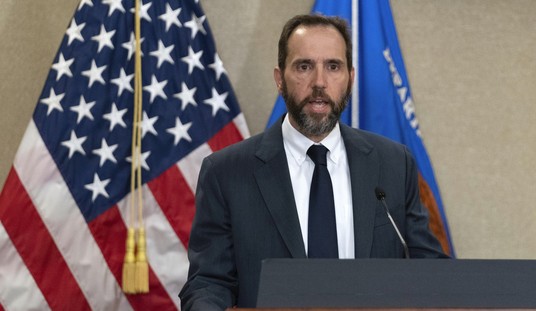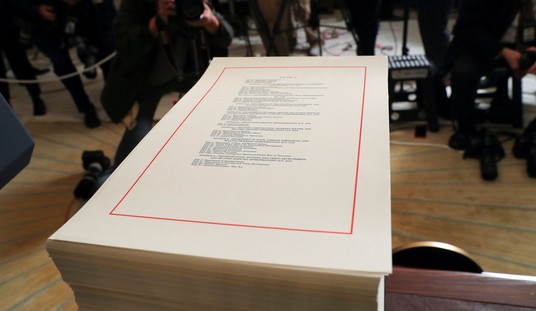It's been 45 years since Mohammad Reza Pahlavi, the last shah of Iran, died in exile in Egypt of cancer. The shah ruled Iran for more than four decades, a time of unparalleled economic growth, prosperity, and social progress.
Under the shah, Iran became a regional superpower, partnering with Israel and the United States to keep the Soviet Union at bay in the Middle East and maintaining a wary cooperation with Tel Aviv.
Women enjoyed unprecedented freedom. National income soared. Urbanization spread. The shah built a formidable military and an air force with ultra-modern U.S. and French fighters.
The 1979 revolution destroyed that past. Many younger Iranians today want to reclaim it as their own, and see the shah as a symbol of Iran's lost prosperity and peace.
The generations since the revolution have been raised on a steady diet of propaganda. "Death to the Zionists! Death to America!" has been drummed into the young since birth.
But a funny thing happened on the way to creating an Islamic nation; the Iranian clerical fascists forgot to erase history. Thousands of pre-revolutionary videotapes and cassettes began to flood Iran. Many old VHS tapes were smuggled out of Iran and put online in the first decade of the 21st century.
Since then, videos of 1970s-era Iran have been available online, and have captured the imagination of young Iranians, according to Ali Hamedani, writing in the Middle East Forum.
Perhaps nowhere is the contrast between the shah’s Iran and the Islamic Republic starker than in their relationship with Israel. Under the shah, Iran and Israel were strategic partners, cooperating in intelligence, military, and trade. Alongside the United States, they formed a powerful axis of secular, pro-Western governance in the Middle East.
The Islamic Revolution severed that partnership, replacing it with cries of “Death to America” and anti-Zionism. Today, Iran’s regime is entangled in confrontation with Israel and fuels proxy wars in Gaza, Lebanon, and Yemen. While the Islamic Republic claims to defend the Palestinian cause, millions of Iranians see only economic hardship and isolation. Against this backdrop, many young Iranians look back with curiosity—and even longing—at the days when Tehran and Jerusalem cooperated. What if Iran had stayed on that course? What if it had continued toward global integration, rather than ideological warfare? The fact that Iranians ask such questions publicly is revolutionary.
"Iranians crave what the shah sought: a modern and globally engaged Iran," Hamedani writes. The further the revolution recedes, it seems, the more younger Iranians yearn for the freedom they've lost. More than that, they are hungry to reconnect with the West and enjoy the same lifestyle as others their age in Western countries enjoy.
At one time, it was within their grasp. The shah's modernization program, constructing thousands of miles of roads and bridges, building modern ports, and initiating the start of a rapid industrialization by creating steel, textiles, and other industries, had Iran poised to take its place as a fully westernized nation.
But for many, the changes were too fast, too much.
The introduction of a secular education system inspired by Western models, the creation of largely secular laws and courts, and efforts to free women from religious and traditional restrictions were far from universally welcomed. Clerics and traditionalists either voiced open hostility or quietly resisted these reforms.
However, Western orientalists often fail to grasp the depth of frustration and anguish felt by many peoples in the developing world as they confronted the contrast between their own socioeconomic backwardness and the industrial and technological power of the West. For many, the future of their children—and their nations—seemed impossible without adopting Western-style modern education and efficient governance.
If the shah had been able to weather the storm created by the Islamists, including the very charismatic Ayatollah Ruhollah Khomeini, he might have gone down in history as a miracle worker, taking a feudal Iran to a modern state in just a few short decades.
But for whatever reasons, the shah failed to hang on to power, and Iran's attempt to enter the modern world was over.
Today's Generation Z in Iran is looking to the Golden Era of the 1970s for inspiration. The Iranian opposition, fragmented and unable to gain much traction, can't decide on first steps, much less a viable future. For the time being, the shah's legacy will have to serve as a potent means of inspiration, rather than a template for a future Iran.










